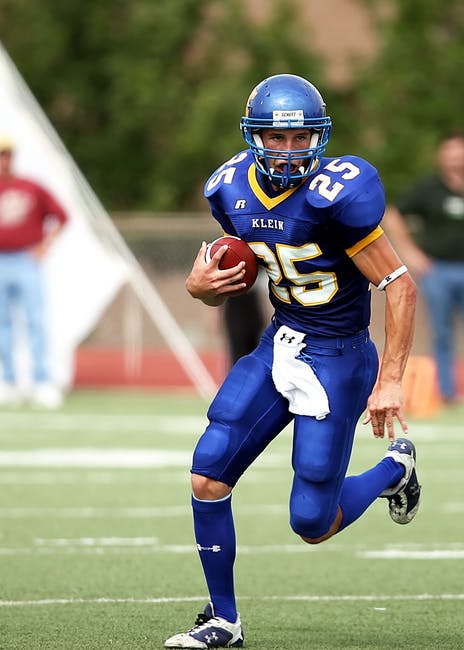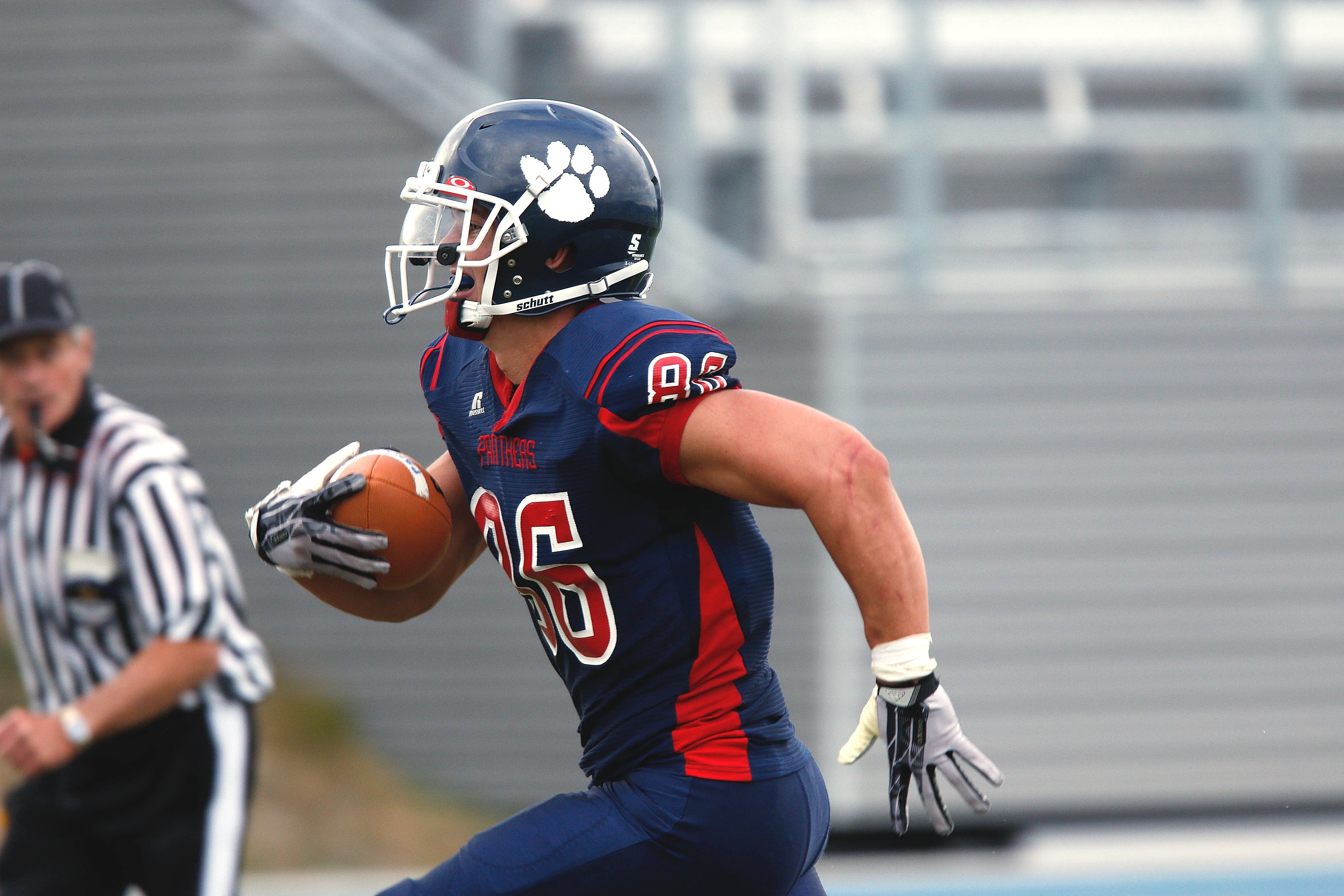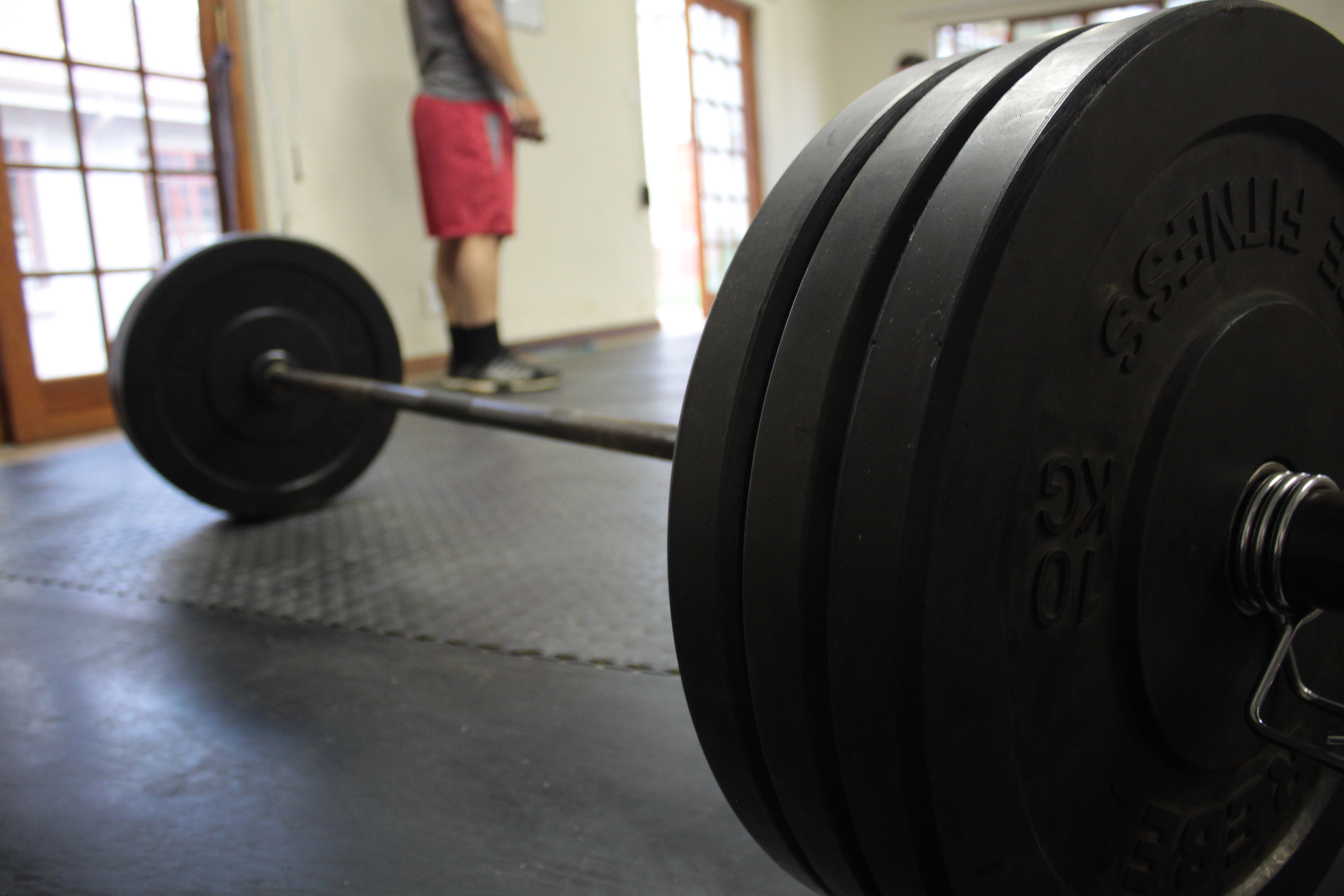Pitfalls with Agility Training
Unlike when I started in the strength and conditioning profession, even an entry-level high school strength coach has to have a huge tool kit to address all the things we have to do today. Thirty years ago we were concerned with Olympic lifts, squats, deadlifts, bench presses, and some auxiliary exercises. Today, you have to know a little bit about everything.
Agility is important for athletes. As I’ve noted in another post, I see this as the summation of your physical preparation and the ability to apply all those physical abilities to the sport. Changing directions, starting, stopping, are all part of it but you cannot separate agility from the sport – because it’s about applying strength and conditioning to the sport. This means sport-specific movements and situations.
Like many things in the strength and sports-training world, there’s a lot of hype, guruism, and shiny toys associated with agility training. So, I thought that with this article I’d talk about what not to do in agility training. In other words, this is an article about things to avoid.
Ignoring it:
Most sports are going to require agility. Thirty years ago we’d focus on the weight room only, nowadays we no longer have that luxury. Almost every sport has a need to change directions rapidly and has sport-specific ways of doing it. A left tackle in football has to be able to keep the defensive players in front of him; a baseball player has to get to the ball; a basketball player has to dribble, spin to avoid a defender, make a jump stop, etc. In other words, all these have very specific movement skills and sport situations where the skills are used.
This means that we have to support these skills via strength and conditioning. Not only do we have to teach the skill, but we have to use the same language and cues that the sport coach uses so that we can reinforce. This also ensures buy in from the athletes.
Fast feet drills:
There’s a ton of social media exercises and tools that build “fast feet.” If you watch these, almost all of these involve moving the feet quickly while on the toes. The problem is this is not how we move in sports. So while the social media stars look really athletic, it’s not what I need from my baseball or basketball players.

This means that, to me, the agility ladders don’t have much use except with general fitness people. There’s also a lot of hurdle, cone, and even football drills that, if poorly coached, end up with the athletes on their toes throughout the drills. This is not what we want in sports.
Repetitive skill drills:
Athletes do not shuffle or backpedal for 10-15 yards in a game. So why do we insist on doing that in training? We don’t run forward for 5 yards to a cone, stop, backpedal for 5 yards, stop, run forward another 5 yards, stop, backpedal, etc. Again, why focus on this in an athlete’s training? We’re wasting the athlete’s time, we’re drilling for the sake of drilling and not to improve the athlete in their sport, and we’re actually teaching bad movement habits.
How are we teaching bad movement habits? When we do drills like “Shuffle for 10 yards” or “Run an M pattern where you run forward, then backpedal…” we teach the athletes several things. First, we divorce movement from the sport. Second, the sheer repetition invites the athlete to run with suboptimal technique which can carry over to the sport. Third, the repetition invites the athlete moving at less than game speed – which teaches the athlete to be slow.
Divorcing it from the sport:
Agility training has to be relative to the sport and sometimes even to the positions. It has to be coached in the language the athlete hears in the sport and needs to use the same movement cues. Remember, at the end of the day we’re not training athletes to be better at drills, we’re here to help make them better at their sport.
What does this mean? It means sport situations. It means small sided games. It means using the ball and opponents. It means being schooled in the sport, which is often the hard part for new strength and conditioning coaches.
A future post is going to address how to do this using baseball and basketball as examples.




